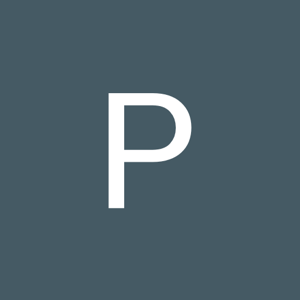The global Harmonic Filter Market is experiencing substantial growth, driven by the increasing need for power quality management and energy efficiency across various industries. With the rising adoption of non-linear electrical loads, industrial automation, and renewable energy sources, the demand for harmonic filters has surged to mitigate power distortions and ensure stable electrical performance. The implementation of stringent regulatory standards on power quality and grid stability further accelerates the market’s expansion.
Market Size and Growth Forecast
The Harmonic Filter Market Size was valued at USD 1.31 billion in 2023 and is expected to reach USD 2.55 billion by 2032, growing at a compound annual growth rate (CAGR) of 7.68% during the forecast period 2024-2032. The increasing dependence on power-sensitive equipment, growing industrialization, and rising electricity consumption are key factors propelling market demand. Industries such as manufacturing, oil & gas, data centers, and utilities are adopting harmonic filters to eliminate voltage distortions, enhance system efficiency, and comply with global energy regulations.
Key Growth Drivers
The growing integration of variable frequency drives (VFDs), UPS systems, and energy-efficient motor technologies has significantly increased harmonic distortions in electrical networks. To counteract these distortions, industries are widely deploying harmonic filters to improve power factor, reduce energy losses, and enhance operational efficiency. Additionally, government initiatives promoting renewable energy projects and smart grid development are boosting the demand for harmonic filters in solar and wind energy systems. The expansion of industrial automation, robotics, and IoT-driven electrical infrastructure further contributes to market growth.
Technological Advancements in Harmonic Filters
The harmonic filter industry is undergoing rapid technological advancements, with the introduction of active and hybrid harmonic filters that offer superior real-time compensation and adaptive performance. Unlike traditional passive filters, active filters use advanced control algorithms and power electronics to dynamically mitigate harmonic distortions, making them ideal for industries requiring high precision and reliability. The integration of AI-based monitoring systems, cloud analytics, and IoT-enabled control mechanisms is also transforming the market by enhancing predictive maintenance, reducing downtime, and optimizing power distribution.
Regional Market Insights
North America holds a significant share of the harmonic filter market, driven by strong industrial infrastructure, stringent power quality regulations, and increasing deployment of renewable energy projects. The United States and Canada are witnessing substantial investments in power distribution networks and smart grid technologies, further fueling market demand.
Europe is also a key market, with countries such as Germany, France, and the United Kingdom focusing on energy efficiency initiatives and grid modernization projects. The presence of strict regulatory frameworks governing power factor correction and harmonic suppression is driving the adoption of harmonic filters across industries.
The Asia-Pacific region is projected to witness the highest growth rate, attributed to rapid industrialization, urbanization, and expansion of manufacturing sectors in China, India, and Japan. The rising demand for energy-efficient solutions, coupled with government investments in renewable energy integration and smart factories, is accelerating the adoption of harmonic filters in the region. Additionally, the Middle East and Africa are emerging as promising markets due to increasing power infrastructure investments and industrial development.
Competitive Landscape and Key Players
The harmonic filter market is highly competitive, with leading players focusing on product innovation, technological advancements, and strategic collaborations to strengthen their market position. Major companies such as ABB Ltd., Schneider Electric, Siemens AG, Eaton Corporation, and TDK Corporation are investing in next-generation active harmonic filters, AI-based monitoring systems, and cloud-integrated power management solutions. Companies are also expanding their presence in emerging economies through partnerships, acquisitions, and the development of cost-effective solutions tailored to regional energy demands.
Conclusion
The Harmonic Filter Market is poised for significant growth, driven by the rising demand for power quality management, industrial automation, and renewable energy integration. With advancements in active filtering technologies, AI-driven power monitoring, and energy-efficient electrical systems, the market is expected to experience sustained expansion. As industries continue to prioritize power stability and regulatory compliance, the adoption of harmonic filters will play a crucial role in ensuring efficient and reliable electrical infrastructure worldwide.
Read More Insights @ https://www.snsinsider.com/reports/harmonic-filter-market-6192
Contact Us:
Jagney Dave - Vice President of Client Engagement
Phone: +1-315 636 4242 (US) | +44- 20 3290 5010 (UK)


Write a comment ...